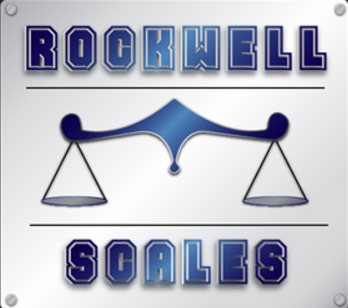What Causes Industrial Scales in Montana to Give Inconsistent Readings?
October 19, 2017 11:14 pm Leave your thoughtsKitchen food measurement scales and bathroom scales are commonly found in homes, while truck scales and agricultural scales are used in a wide range of industrial and commercial industries. What these scales all have in common is the fact that they calculate weight, and they need to be calibrated regularly so the user knows they are recording accurate weight readings.
When it comes to industrial scales, there are a number of factors that can cause malfunction or damage. Hire a professional like Rockwell Scales for full-service scale solutions to keep your scales in tip-top shape. If you own industrial scales in Montana, then it is important that you know the main causes of inconsistent readings:
- Location of the scale: The area where you keep your industrial scale can greatly impact the way it operates, and thus have an effect on readings. Placed too close to a cooling and heating vent, the air movement or temperature can alter weight readings. Uneven flooring is also capable of giving inconsistent readings, although this may be noticed when the digital numbers on the screen start jumping around.
- Environmental factors: Along with HVAC air, natural wind forces are also to blame for inconsistent scale readings. Wind is especially a problem for some outdoor truck scales and sensitive indoor scales. Vibration is another environmental factor. Vibrating equipment located in the same area as a scale has been known to contribute to inaccurate readings. Equipment of this sort includes moving or idling trucks and forklifts and industrial belts.
- Loading factors: If you use a forklift to move the scale out to an area, poor handling or rough lifts and placement can jiggle the scale’s internal components. Damage could be inflicted, or the display may show inaccurate reading without your knowing it. The load itself can be the issue. How you load and unload items to be weighed on a scale can also throw sensors out of whack. To avoid sensor issues and increase scale performance, balance out and align each load even and square in the center of the scale.
- Interference with function: There are two main things that can cause scale interference: temperature and moisture. Temperature can mean the forecast, like the sun heating up unprotected scales, or electrical temperature. If the problem is hot wires, then internal components can overheat, malfunction and display wrong readings. Moisture or condensation buildup on the load sensor can damage electrical outputs, causing signal interference to the display indicator.
- Poor maintenance: Dirt and other particles might find a way into internal components, in between scale weighing mechanisms and even wind up on top the platform itself. Buildup of dirt and debris underneath the scale can throw off the load cell as well. All the more reason to create and stick to a scale cleaning and maintenance schedule!
Whether your industrial scales in Montana could use a checkup, maintenance, calibration or repairs, make sure your first call is to the experienced team at Rockwell Scales. Contact us for more information about our industrial scale solutions or to talk about your other scale needs!
Categorised in: Industrial Scales
This post was written by Writer
